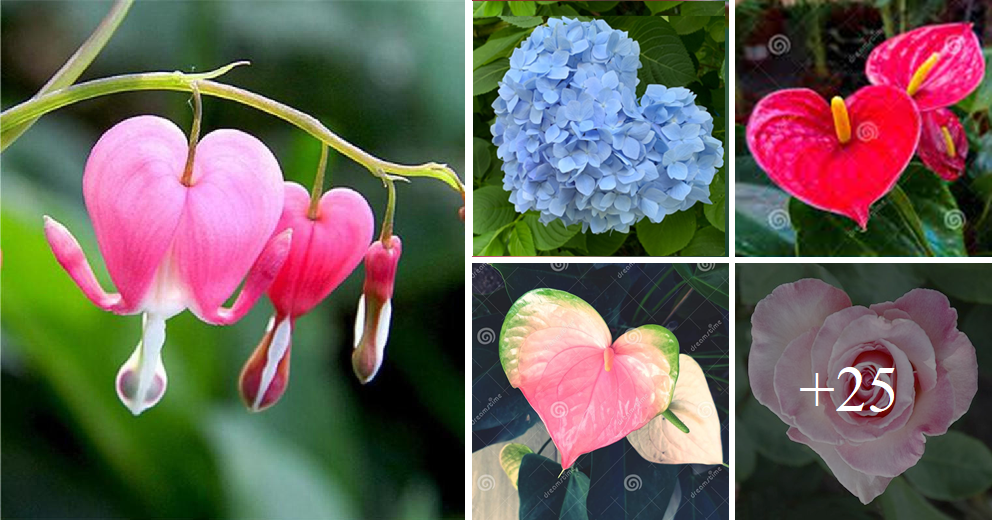
The specific epithet, spectabilis, means spectacular or showy. The common name is derived from the exerted inner petals “bleeding” from the outer heart-shaped petals. This plant is a member of the Papaveraceae family.
The bleeding heart is an erect, spring to early summer-blooming, herbaceous perennial that reaches a height and width of 2 to 3 feet. It grows in loose clumps or mounds and has delicate arching branches that are tipped with pink to white heart-shaped flowers. The green fern-like foliage is divided into 3 leaflets. By mid-summer, the leaves decline, turn yellow, and drop after blooming has ended. Adequate water may extend the time the leaves remain on the plant. While this plant goes dormant during the summer in warm areas, it can be forced to flower on Valentine’s Day by bringing dormant rhizomes into a cool greenhouse in late winter.
This plant grows best in the morning sun with afternoon shade and is tolerant to heavy and partial shade. It will also tolerate full sun provided that it is in a cool moist climate. The soil needs to be neutral to alkaline, moist, well-drained, and rich humus soil. It can tolerate both clay and sand. Propagate this plant through seeds or divide them in the fall or spring.
The native to eastern North America, Dicentra eximia, or fringed bleeding heart, has a longer blooming period and fine-textured leaves. Dicentra formosa or western bleeding heart is native to the northwest United States.
Consider the bleeding heart for a cutting or woodland garden, a shade border, or use it as a filler plant. Think about the space this plant will leave as it declines in the summer months. Combine the bleeding heart with other plants such as ferns and hostas that will be thriving as the bleeding heart goes dormant.
